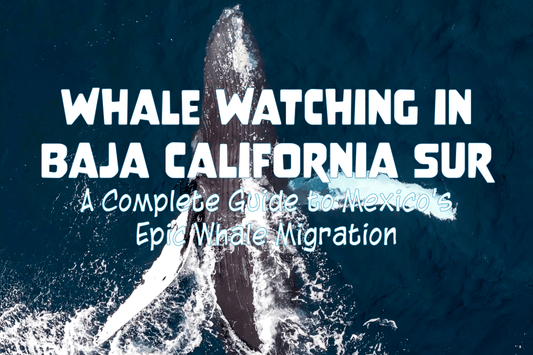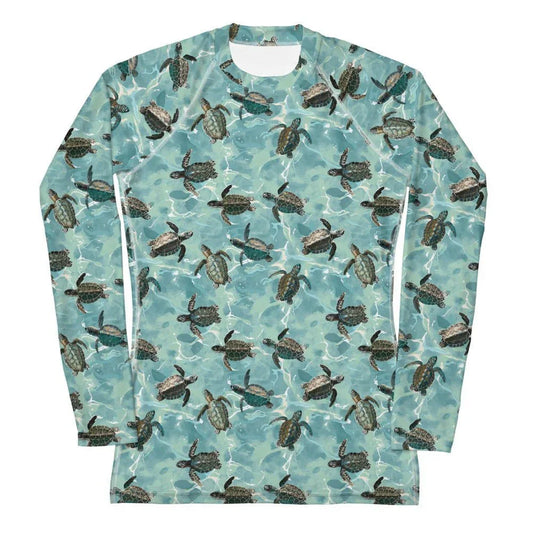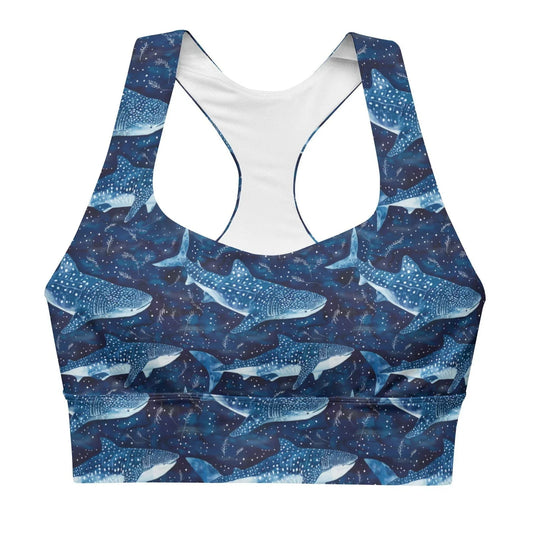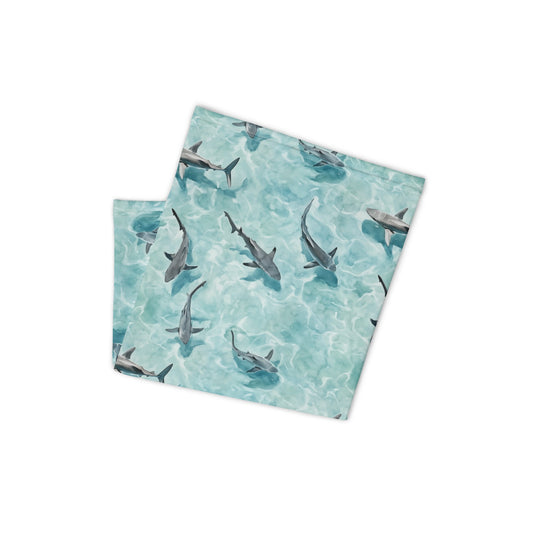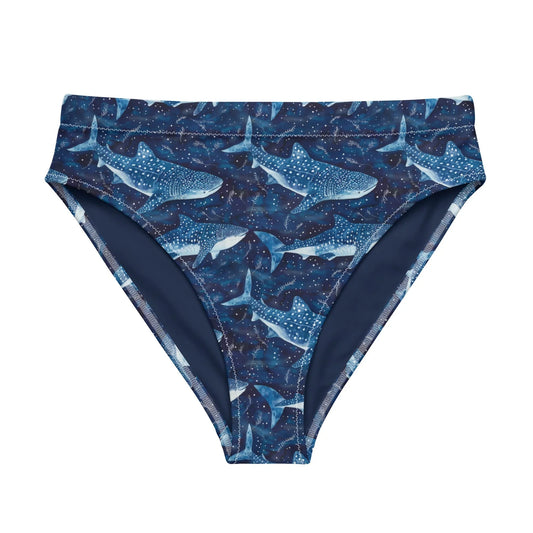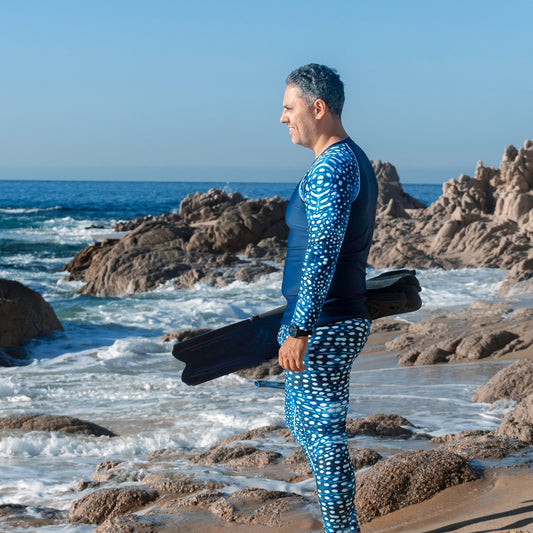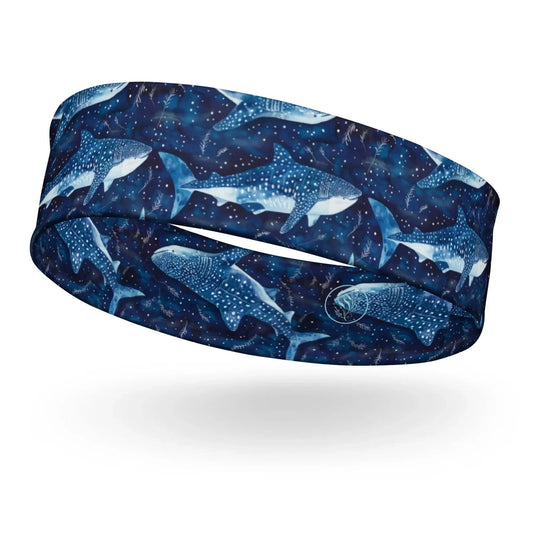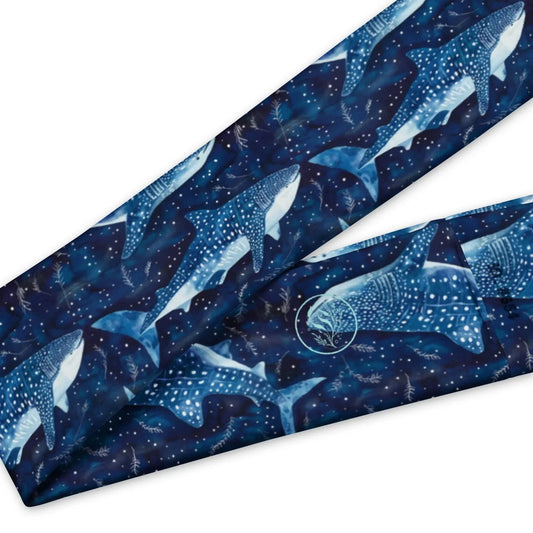
Why Are Gray Whales Dying? The 2025 Crisis in Baja California Sur
Angela ZancanaroShare
I’ve spent the last nine years living in Baja California Sur, and this season, everywhere I go, I hear the same thing from the locals: “The whales aren’t where they should be.” In Magdalena Bay, fishermen say the water is colder than they’ve seen in years, so cold that many believe the gray whales are heading farther south in search of better conditions. Over in La Ventana, there’s talk of a gray whale sighting, something no one remembers happening for several generations. It’s a strange and unsettling time along the coast.
And then, I saw the reports. Thirty-three dead gray whales have washed ashore this season in the three birthing lagoons of Baja California Sur—Guerrero Negro, San Ignacio, and Bahia Magdalena—as well as in various parts of the Sea of Cortez. According to Dr. Jorge Urban of the Programa de Investigación en Mamíferos Marinos (PRIMMA), this is almost certainly an undercount. Gray whales are coastal, which makes it more likely we’ll find them when they die. But most whales that perish offshore sink to the ocean floor, in what’s called a Whale Fall. These thirty-three are only the ones we’ve seen.
One morning this season, I came across a dead gray whale washed ashore. Even after everything I’d read, nothing prepares you for seeing a creature that massive, that beautiful, lying lifeless in the sand. It hit me hard. There’s something haunting about being so close to something you know just swam thousands of miles and didn’t make it. It’s one thing to read statistics. It’s another thing entirely to stand in front of one of those statistics and feel the weight of it in your chest.
And the reality is this is just one. One that washed up. One that we found. Most of them don’t.

Why Are the Whales Dying?
To understand what’s happening, we have to look north—to the Arctic.
Gray whales feed primarily in the Subarctic and Arctic regions during the summer months, fattening up on amphipods, small crustaceans that thrive in cold, algae-rich environments under the sea ice. These amphipods are a critical source of protein and energy.
But as the Arctic warms, sea ice is melting earlier and forming later. That leads to:
- Less algae growing beneath the ice
- Fewer amphipods to feed on it
- Gray whales arriving at feeding grounds with far less nourishment available
This disruption has left gray whales malnourished, and in some cases, too weak to complete their migration or sustain pregnancy and lactation.
From 2019 to 2023, NOAA declared an Unusual Mortality Event (UME) as nearly 700 gray whales stranded across North America. While the event was technically declared over in late 2023, many scientists are warning: the whales haven’t recovered.
📍 Want to explore the data for yourself?
NOAA created an interactive map of gray whale strandings from the 2019–2023 UME, showing where dead whales were found along the Pacific coast. It’s a powerful visual representation of the scale of this crisis.
In Laguna San Ignacio, for example, calf counts have dropped from 50+ mother-calf pairs in normal years to just 5 this season—a 90% decrease.

Gray Whale Calf Counts Are Plummeting
We’re not just seeing more dead whales. We’re seeing fewer baby whales being born.
A NOAA report notes that calf production is still exceptionally low—even after the end of the official UME. And according to scientists, that’s likely because many females still haven’t recovered the energy reserves needed to carry a pregnancy or feed a calf. That could mean generational ripple effects for years to come, even if conditions start to improve.
Other Human Threats Facing Gray Whales
While food scarcity from disrupted Arctic ecosystems is the primary issue, it’s not the only one threatening gray whales. They also face:
- Ship strikes, especially along their migration routes near major ports like Long Beach, Ensenada, and Seattle
- Entanglement in fishing gear, which often goes unreported
- Noise pollution and habitat degradation from coastal development
These are all human-caused problems—and they’re happening at the same time the whales are already weakened and vulnerable.

How You Can Help
The situation is serious—but not hopeless. Gray whales have come back from the brink before, and with awareness and action, they can do it again. Whether you're a local in Baja, a frequent visitor, or someone who just loves the ocean from afar, here are meaningful ways you can make a difference:
-
Support Ethical Whale Tourism
Choose tour operators who prioritize whale safety and conservation. Look for those that follow distance regulations, limit the number of boats, avoid high-speed chases, and educate guests about whale behavior. Responsible eco-tourism not only protects whales—it supports the local communities that care for them. -
Advocate for Climate Action
The root of this crisis starts in the Arctic. Gray whales rely on sea ice ecosystems for food, and as the ice disappears, so does their ability to survive. Vote for climate-conscious policies, support legislation that protects marine environments, and reduce your own carbon footprint wherever possible. -
Minimize Ocean Impact
From reducing plastic use to choosing sustainable seafood, our daily habits matter. Fishing gear entanglement and ocean debris are serious threats to marine life. If you live near the coast, join local beach cleanups. If you don’t, consider donating to or volunteering with marine conservation groups. -
Raise Awareness
Talk about what’s happening. Share this post. Post that infographic. Mention it to a friend over coffee. The more people who understand how climate change and human impact are affecting whales, the stronger the push for solutions will be.

Will They Recover?
Gray whales have come back from the brink of extinction not once, but twice—after devastating periods of commercial whaling. They’re known for their resilience. But this time, the threats are quieter. Slower. Harder to see all at once. And yet, just as deadly.
I want to believe they’ll bounce back again. I’ve seen firsthand how much these whales mean to the people here. They’re not just part of the ecosystem—they’re part of the community. For so many families, whale tourism is a lifeline, offering an alternative to fishing and a sustainable path forward.
But hope alone isn’t enough. We need action, awareness, and a willingness to listen to what the whales are telling us—with every stranding, every missing calf, every haunting silence in a lagoon that should be full of life.

The Whales Are Speaking
I don’t know what the rest of this season holds. But I do know this: the whales are speaking.
Through the silence in the lagoons… through the ones that didn’t make it… through the single one I saw with my own eyes.
Let’s make sure we’re listening.




